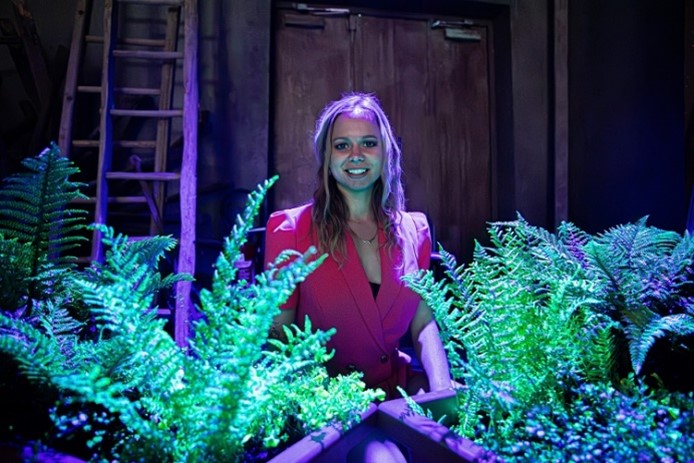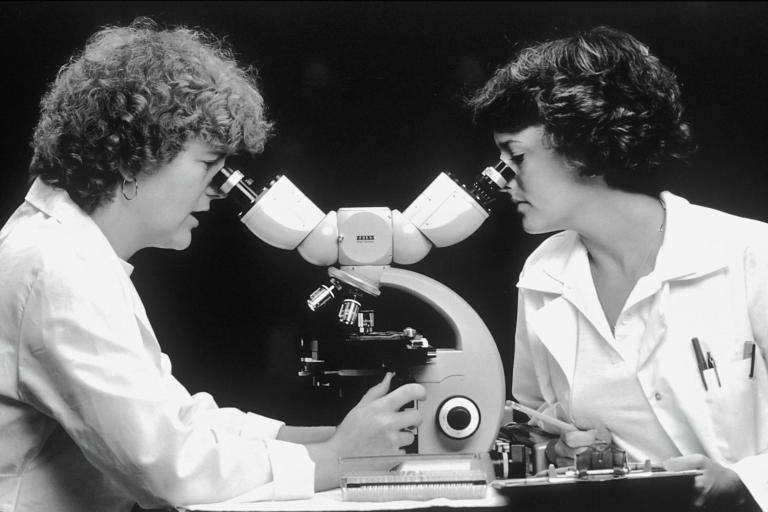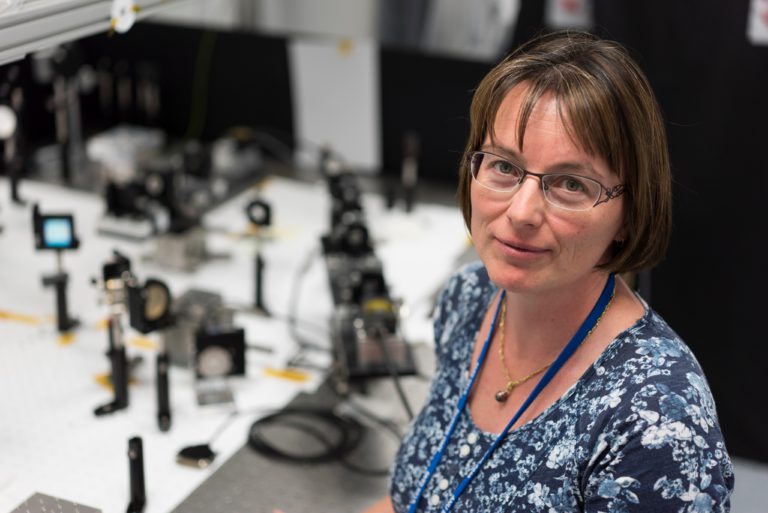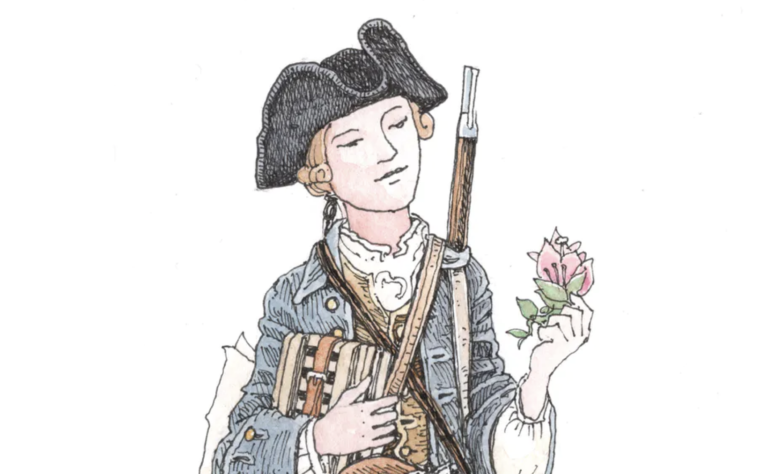When science puts on a show
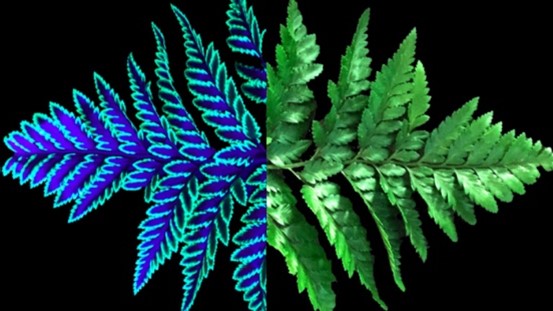
What if plants were to take their rightful place in our daily lives? Turning this dream into a reality is the challenge taken up by the founder of French start-up Aglaé, Sophie Hombert.
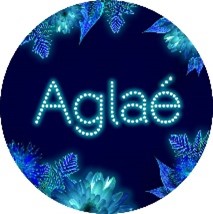 Where does Aglaé come from?
Where does Aglaé come from?
Sophie, 32, has been interested in the world of plants for as long as she can remember. She grew up in the Normandy countryside, in a family of farmers. Following her baccalauréat, Sophie moved to Paris to study for a preparatory class with the goal of getting into design school. Paris life didn’t appeal to her though, “It was very complicated for me to live with such little greenery “, she says. After a spell in Brest, she finally enrolled at the École Européenne Supérieure d’Art de Bretagne (EESAB) in Rennes. It was then that she began to think about the place of plants in the city, about “how to reconnect people with nature“.
In 2014, as a second-year master’s student, Sophie approached the Institut Agro Rennes-Angers to write her dissertation on the subject. After graduating, Sophie began working in a design agency, without much enthusiasm. She was looking for a job more in line with her values… and without a boss. One day, while in the Paris metro, she came across a face-down newspaper on the floor. In it was an advertisement for an international start-up competition with €20,000 up for grabs. She signed up, fell down the rabbit-hole, and a month later won the competition. And so the Aglaé adventure began.
What is the concept?
The concept: produce light with flowers. Sophie’s company was founded in Chartres in 2016. Sophie and her team developed a “biosourced and biodegradable” serum which, once absorbed by plant roots, makes them fluoresce[1] for around three months. The formula is kept secret, but the 30-year-old assures that the product is not harmful to plants. It should also be noted that plants exposed to the serum pose no danger to animals or insects that are in their vicinity or in contact with them.
The fluorescent plant is the result of research and experimentation by the start-up. The plant that receives this nutrient solution absorbs it by capillary action via the leaves and flowers. As a result, the veins of the leaves and flower petals are revealed to all in reaction to black light. Almost all plant species (98%) react positively to the serum.
These plants include : alstroemeria, ferns, arum, rose, snapdragon, lilies, etc.
And so, what’s the point of it all?
Over-lighting[2] releases millions of tonnes of carbon into the atmosphere every year, as well as being a source of light pollution, which we now know is dangerous for biodiversity and to our health. While the start-up’s main market is currently events (seminars, parties) and arts, Aglaé hopes to conquer urban spaces in the future. The ultimate aim is to design soft, living, electricity-free lighting solutions for a more sustainable future where parks and gardens will be lit… by the light of trees! The city of Chartres has provided €40,000 in funding for the project for its famous Lights Festival, and Disneyland Paris is working with the start-up to create an entire fluorescent design. The start-up is already exporting in Montreal, New-York and… Melbourne!
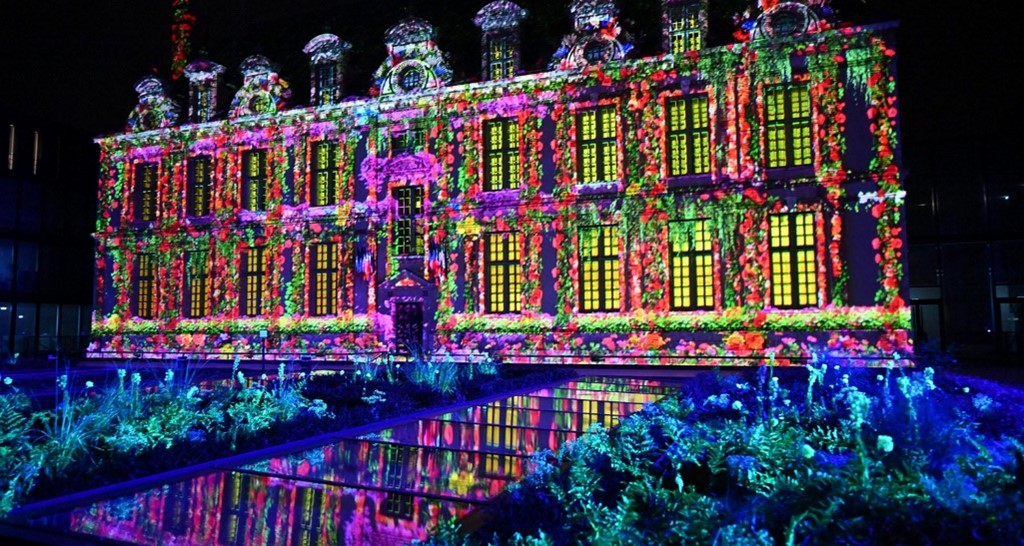
This article is taken from the Aglaé website and the interview of Sophie Hombert from Ouest-France. Some images come from the Aglaé website and from Terra Botanica.
[1]Fluoresce : to produce, undergo, or exhibit fluorescence. (Merriam-Webster Dictionary, 2024)
[2] To overlight : to illuminate (something, such as a building) too brightly or thoroughly. (Merriam-Webster Dictionary, 2024)

